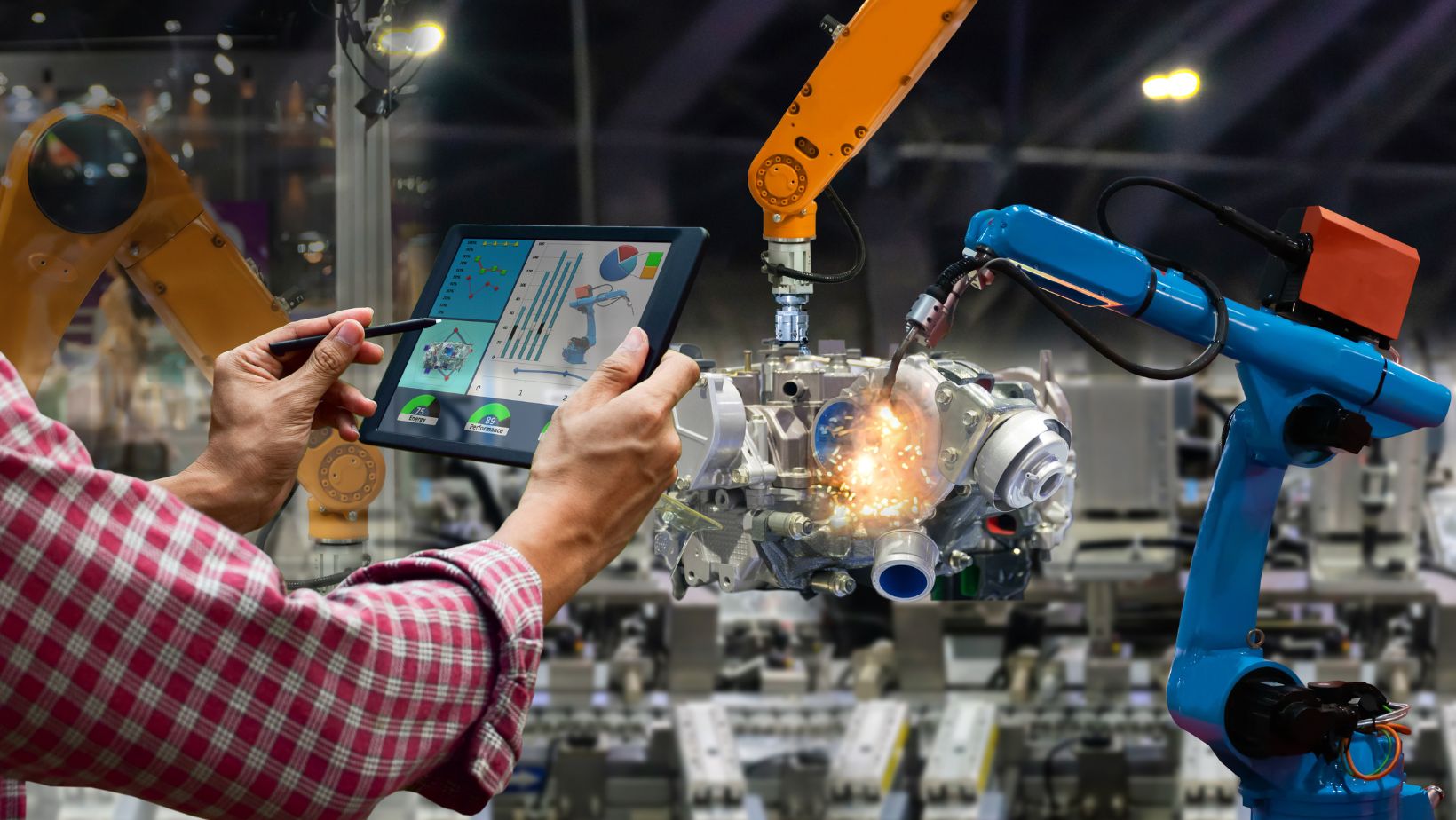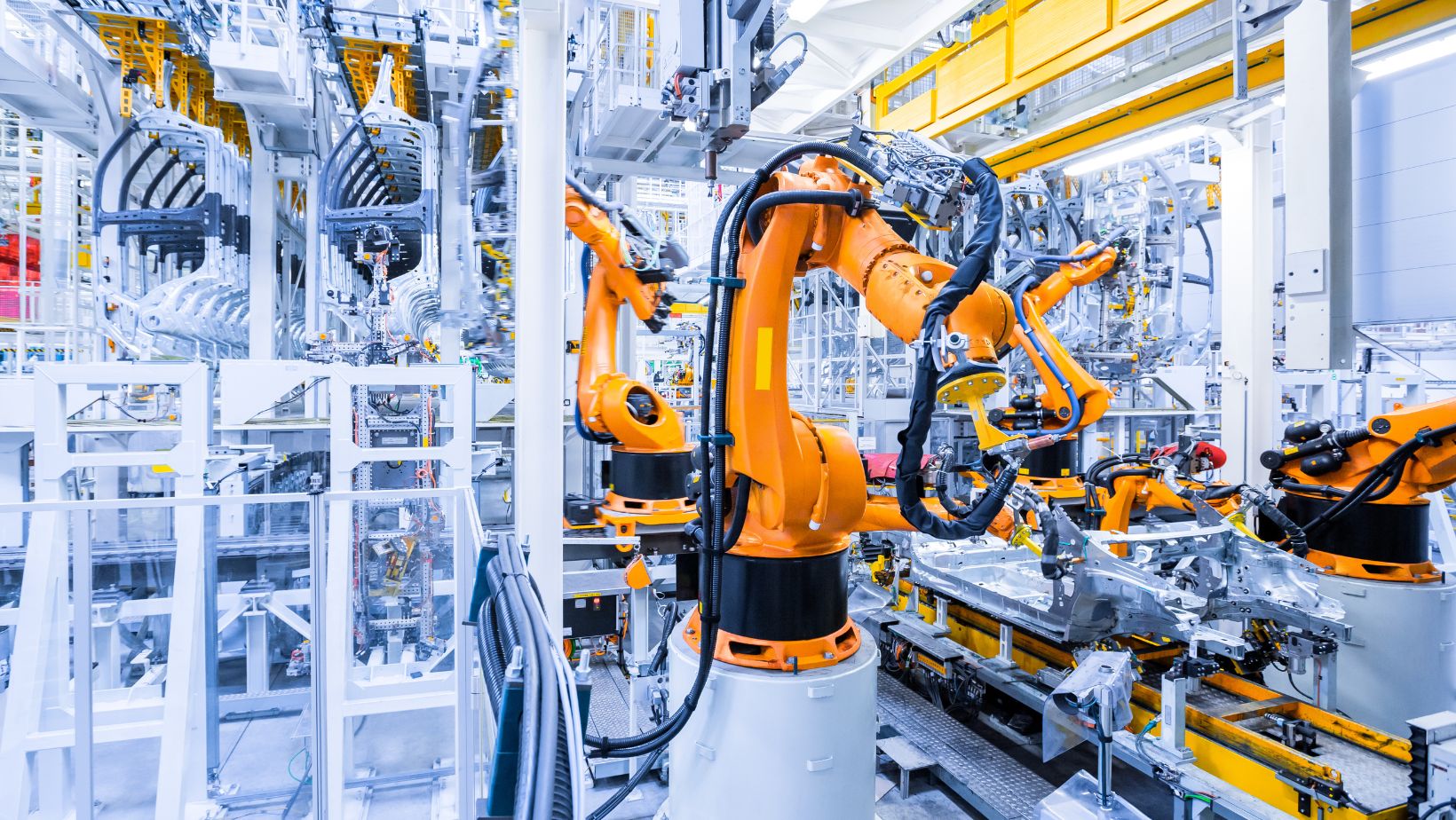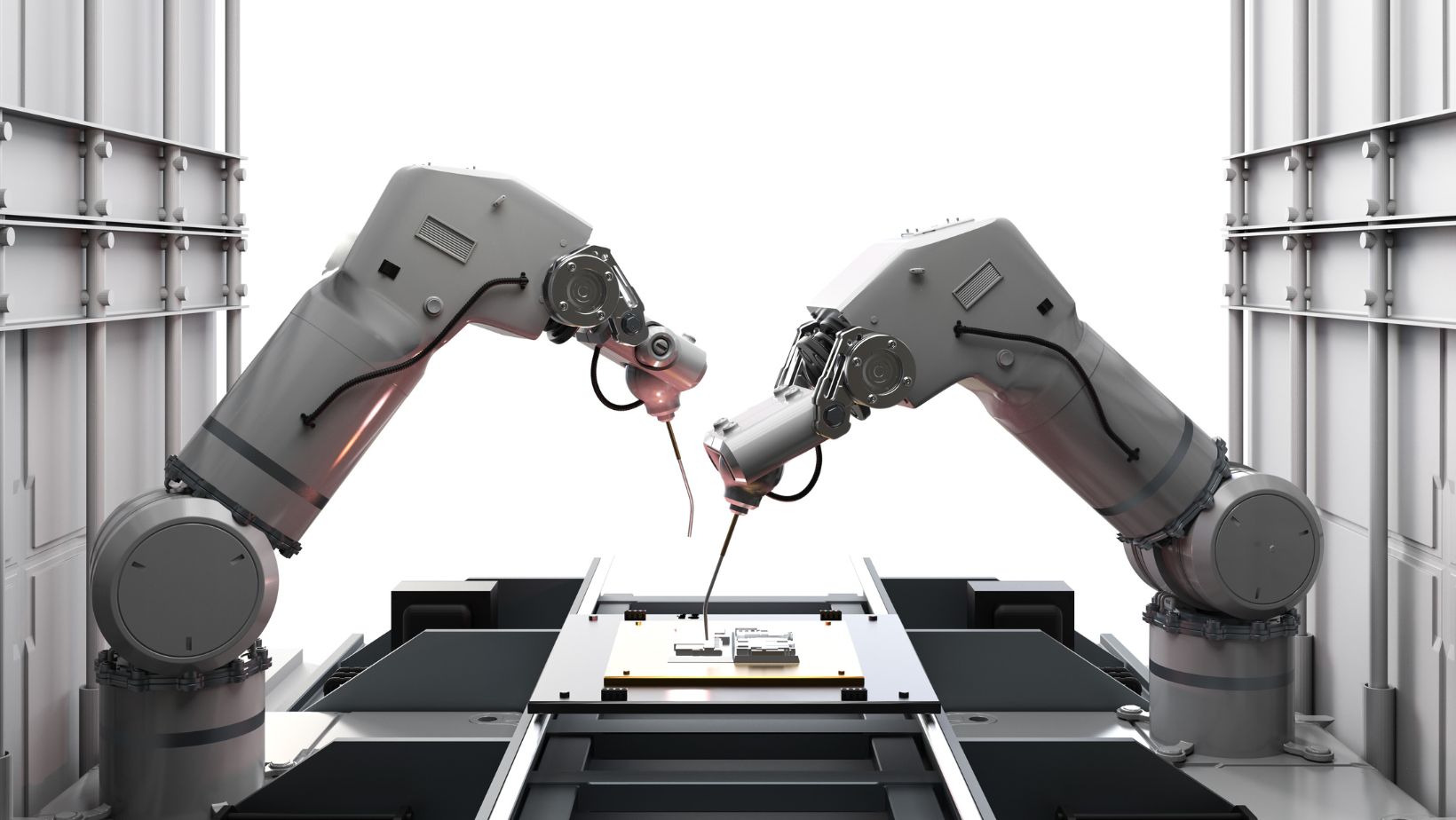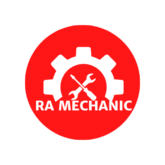 Micro Linear Actuators: Compact Power for Precision Engineering
Micro Linear Actuators: Compact Power for Precision Engineering
Technology keeps getting smaller, smarter, and more precise, and so does the hardware behind it. Think about the tiny movements in a surgical tool or the exact positioning of a robotic arm. Those things need more than just motion; they need controlled, accurate, and compact motion. That’s where the micro linear actuators can really assist in an automation project. It’s small, yes, but don’t let the size fool you; it’s packed with power and designed to handle the kind of precision modern machines rely on.
These compact devices are quietly transforming industries. These devices are perfect for diverse projects, including even medical ones and home improvement lab equipment solutions. Micro actuators enable movements that are so smooth and precise they often go unnoticed until they’re absolutely essential.
What to Know More About a Micro Linear Actuator?
A microactuator is a small, self-contained device designed to convert electrical energy into linear motion, meaning it pushes or pulls in a straight line rather than rotating. Just like their larger counterparts, they operate based on electromechanical principles, but they’re built for applications where space is tight and accuracy is non-negotiable.
Despite their size, they deliver impressive force and travel distance. Many models can move loads ranging from a few grams to several kilograms, depending on design. Their ability to fit into tight spaces without compromising on performance makes them indispensable in precision automation setups.
Where Compact Really Matters: Real-World Use Cases
Microlinear actuators are especially valuable in industries where even a few extra millimeters matter. Let’s take a look at two sectors where they’re making a big difference:
Medical Devices
In the medical field, equipment must be not only reliable but also incredibly precise. A surgeon performing a minimally invasive procedure can’t afford even the slightest error in tool movement. That’s where small linear actuators shine.
Microactuators are often found in imaging devices, infusion pumps, surgical robotics, and prosthetics. Their quiet operation, small footprint, and precise control allow them to assist in high-stakes environments. For instance, a microactuator might control the fine adjustment of a camera inside a body or guide a needle to a target with pinpoint accuracy.

These applications require more than just motion—they demand compact motion control that responds instantly, accurately, and repeatedly without fail. And that’s exactly what micro actuators deliver.
Robotics and Automation
As robotics continues to evolve, the demand for smaller and smarter components grows. Micro-linear actuators are a natural fit for compact robotic systems such as micro-drones, robotic grippers, lab automation setups, and sensor positioning systems.
In micro-robotics or desktop-scale automation, designers need actuators that are light enough not to weigh down the system yet strong enough to perform the necessary tasks. From camera focus adjustments in drones to opening and closing grippers with millimeter accuracy, microactuators make the impossible possible.
They also play a vital role in educational and research robotics, allowing students and engineers to experiment with realistic motion in a scaled-down setup. Here, the mix of affordability and high performance really adds value.
Installation Tips: Getting It Right from the Start
Working with microactuators requires a bit of know-how, but the installation process is fairly straightforward when you understand a few key principles.
First, always double-check the voltage and control specifications. Some actuators are designed to run on low-voltage DC power, while others may integrate more advanced control options like PWM (pulse-width modulation) or serial communication. Matching the control system properly avoids performance issues down the line.
Next, consider mounting. Since microactuators are designed for tight spaces, installation often involves custom brackets or direct integration into housings. Use vibration-dampening materials if the application involves motion, especially in robotics or mobile systems. Even tiny vibrations can affect accuracy in precision setups.
Another point to remember is wiring and protection. Small actuators often come with thin wires that need careful handling. Secure connections are a must—consider using connectors or soldering with heat-shrink tubing to avoid breakage.
Lastly, don’t forget the importance of calibration. In precision automation, even a 1mm offset can cause trouble. After installing your microactuator, run a few test cycles to fine-tune endpoints, speed settings, and load performance. Some controllers support automated calibration routines, which are great for saving time and ensuring consistency.
Performance Benefits: Why Engineers Choose Micro Actuators
So, what makes a micro linear actuator such a compelling choice for engineers and designers?
1. Compact Power
Their biggest strength is right there in the name — compact power. Micro actuators can deliver linear force without the bulk of pneumatic or hydraulic systems.

This is especially useful in battery-powered or handheld devices where size and weight are critical.
2. Quiet and Clean Operation
Unlike fluid-driven systems, microactuators operate cleanly, without leaks, exhaust, or the need for bulky compressors. They’re also whisper-quiet, which is essential in both medical and consumer-facing devices.
3. High Precision
Whether it’s positioning a sensor or fine-tuning a valve, these actuators can move in sub-millimeter increments. That level of control makes them ideal for applications that involve delicate components or require exact alignment.
4. Low Power Consumption
Designed with efficiency in mind, microactuators often require very little energy to operate. That’s a big plus for embedded systems or mobile robots that rely on limited power sources.
5. Long Service Life
Quality microactuators are built to last. With proper use, they can operate for millions of cycles, thanks to advancements in materials and internal gearing. This makes them a reliable part of long-term automation systems.
Final Thoughts
In the world of modern engineering, small often means smart. Micro Linear actuators are proof that big results don’t always require big machines. Their blend of size, strength, and precision makes them perfect for applications where traditional actuators just won’t fit.
Whether you’re designing next-gen medical tools or building compact robotic systems, these actuators offer the kind of compact motion control that turns ideas into real-world solutions.
By understanding how they work, where they shine, and how to install them right, engineers can unlock new possibilities in precision automation. The small linear actuator may not take up much space, but its impact on innovation is anything but small.




